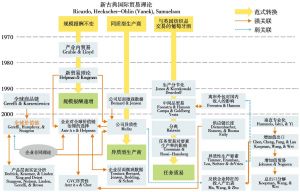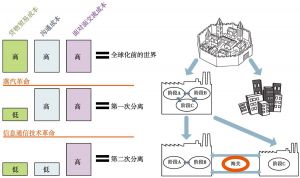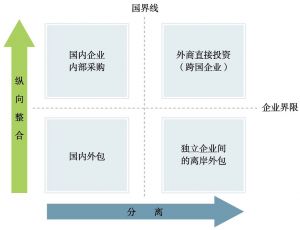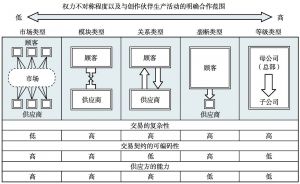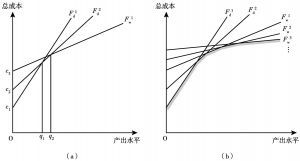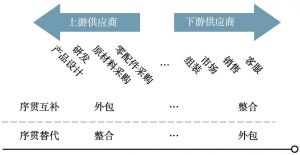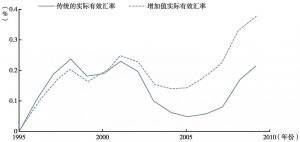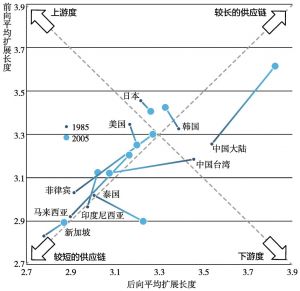章节
全球价值链分析框架:综述
关键词
作者
[美]杜大伟(David Dollar) 杜大伟(David Dollar),《全球价值链发展报告2023》主编,美国布鲁金斯学会高级研究员,曾任世界银行东亚和太平洋地区中国和蒙古局局长。
[巴]若泽·吉勒尔梅·莱斯(José Guilherme Reis)
王直 ,对外经济贸易大学全球价值链研究院教授、博士生导师,海外院长,美国乔治梅森大学政策、政府和国际事务学院资深研究员。1985年1月,获中国农业科学院硕士学位;1990年6月,获俄亥俄州立大学硕士学位;1994年11月,获明尼苏达大学博士学位。1985年1月-1987年7月,任中国农业科学院农业经济研究所研究员。1994年7月-1995年8月,任世界银行世界发展报告顾问。1995年9月-1997年9月,任明尼苏达大学应用经济学系副研究员。1997年10月-1999年7月,任普渡大学全球贸易分析研究中心经济学家。1999年7月-2002年7月,任美国农业部经济研究局经济学家。2002年7月-2004年3月,任乔治梅森大学计算科学学院高级研究员。2004年5月-2005年8月,任美国商务部经济分析局经济学家。2005年8月-2011年7月,任美国国际贸易委员会研究部高级国际经济学家。2011年7月-2016年3月,任美国国际贸易委员会研究部资深国际经济学家。2016年4月,任对外经济贸易大学全球价值链研究院海外院长。
检索正文关键字
章节目录
- 一 前言
- 二 全球价值链范式:新—新—新贸易理论?
-
三 全球价值链概念的发展
- (一)经济体系中的分离现象:Baldwin的历史视角
- (二)纵向整合
- (三)价值链和全球价值链
- (四)全球价值链的类型
-
四 经济建模
- (一)生产过程的分节化机制
- (二)离岸外包对国内收入和福利的影响
- (三)企业对全球价值链组织形式的选择
-
五 实证研究的挑战
- (一)通过企业业务统计数据描绘全球价值链
- (二)通过投入产出表描绘全球价值链
- (三)异质性的考量
- (四)距离是重要的:价值链的“长度”分析
- 六 全球价值链研究展望
- 七 元方法论的考量
-
附录1.1 全球价值链分类
- (一)市场型全球价值链
- (二)模块型全球价值链
- (三)关系型全球价值链
- (四)俘获型全球价值链
- (五)等级型全球价值链
- 附录1.2 生产序列的治理安排
相关文献
查看更多>>>


